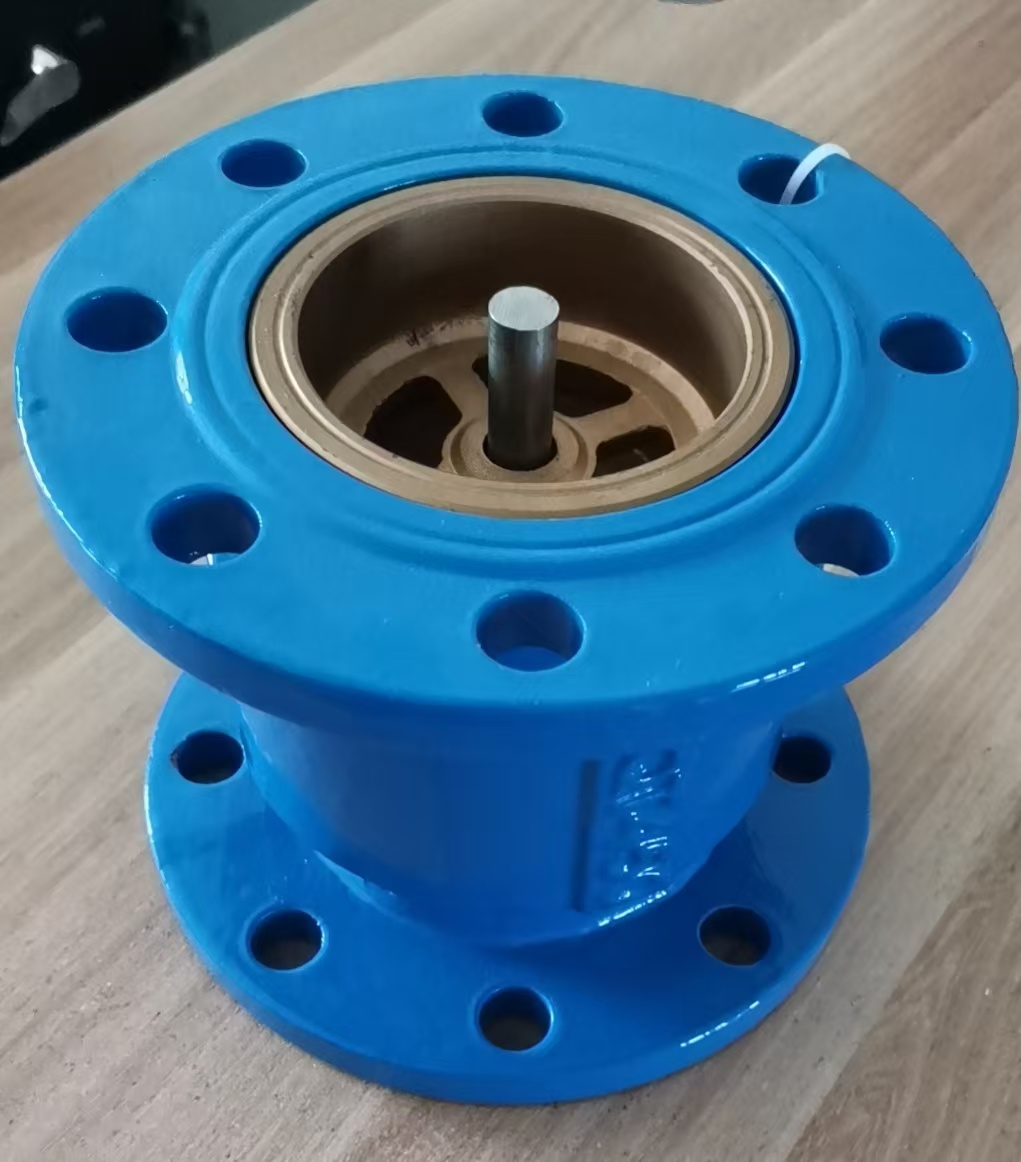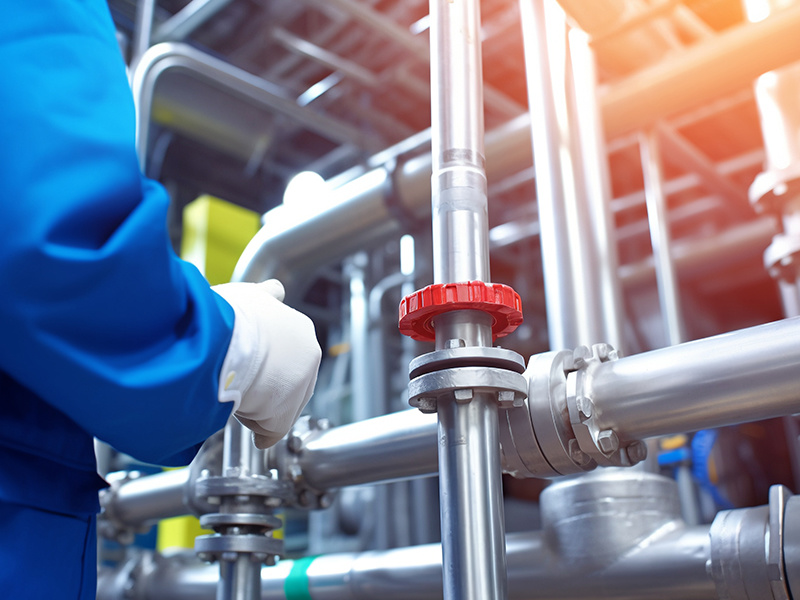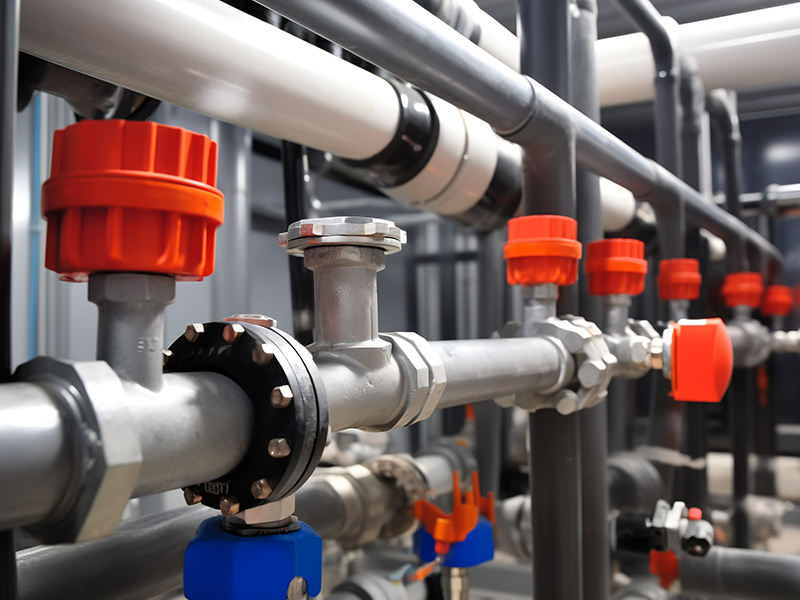What should be noted when installing a check valve?
Release Time:
Aug 09,2025
During installation, it is essential to ensure that the direction is correct, the position is reasonable (close to the protected equipment), the straight pipe section requirements are met, and all relevant installation specifications and technical requirements are followed.

Technical points to pay special attention to when installing check valves:
Directionality: It is absolutely necessary to install according to the clearly marked arrow of the medium flow direction on the valve body. Reverse installation not only does not work, but may also damage the valve or hinder normal flow.
Straight pipe section: A sufficiently long straight pipe section should be ensured before and after the valve (specific requirements refer to the valve manufacturer's manual), especially upstream (inlet side), to ensure stable flow and enable the valve to work normally and perform at its best. Avoid installation immediately after bends, tees, reducers, or sharp bends at the pump outlet.
Space: Reserve sufficient operating and maintenance space for easy installation, disassembly, inspection, and maintenance.
Support: For valves with large diameters or installed on long horizontal pipelines, appropriate support should be considered to prevent valve weight or pipeline stress from affecting the valve.
Selection matching: Ensure that the selected check valve diameter, pressure rating, connection method (flange, thread, etc.), applicable medium, temperature range, etc. meet the design requirements of the pipeline system. Different types of check valves (such as swing type, lift type, clamp type) have their own characteristics and need to be selected according to the working conditions.
Pipeline cleaning: Before installation, ensure that the interior of the pipeline is clean and free of welding slag, iron filings, debris, etc., to avoid entering the valve and causing blockage or damage to the sealing surface.
Debugging: When the system is first activated, slowly open the valves (such as gate valves and butterfly valves) before and after the valve to avoid causing instantaneous high-pressure impact on the check valve. Observe whether the valve opens and closes smoothly and whether there is any abnormal noise.





